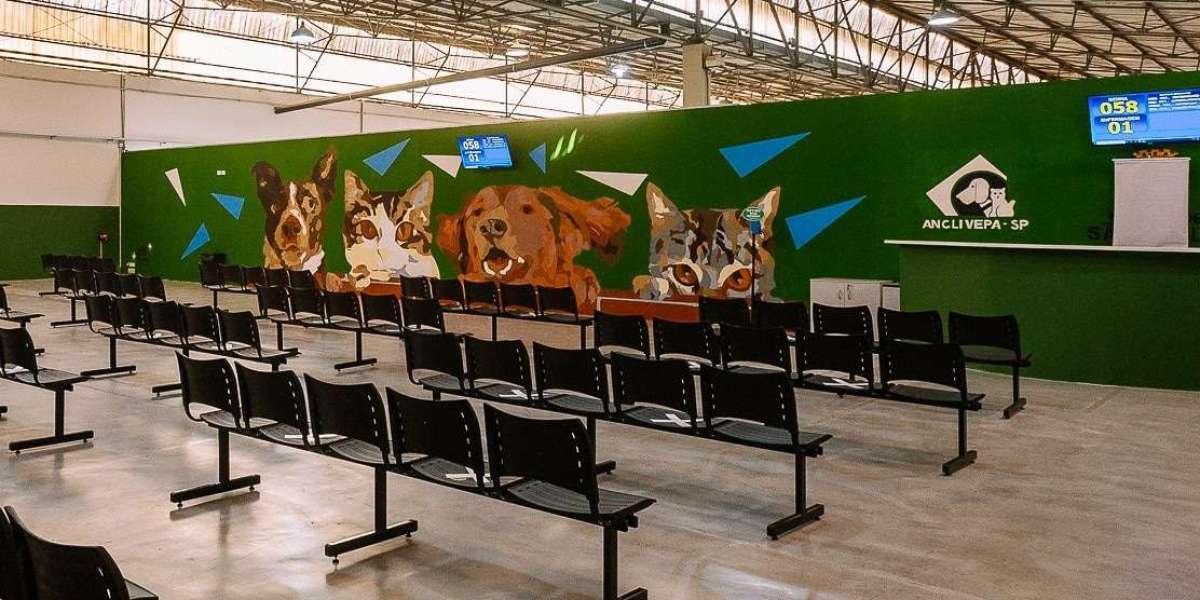Gone are the days when building a website required deep technical knowledge and hours of writing code. Thanks to modern tools and platforms, even those without a background in development can design and launch a fully functional, professional website. Among the most revolutionary tools in this shift is the WordPress drag and drop builder.
This article explores how a drag-and-drop builder is transforming the WordPress ecosystem, how it integrates with performance tools like a WordPress CDN, why it's still essential to create custom WordPress themes when needed, and how website development agencies balance ease-of-use with advanced functionality.
What Is a WordPress Drag and Drop Builder?
A WordPress drag and drop builder is a visual editing tool that allows users to design web pages by simply dragging elements (like text blocks, images, buttons, or forms) onto a canvas. No coding is required, making it ideal for business owners, bloggers, marketers, and others who want more control over their websites without diving into HTML or CSS.
Popular examples include:
Elementor
Beaver Builder
WPBakery Page Builder
Divi Builder
These tools often come with pre-designed templates, responsive design options, and integrations with popular plugins and widgets.
Why Non-Developers Love Drag and Drop Builders
1. Ease of Use
The most obvious advantage is simplicity. You don’t need to understand code to build beautiful layouts. This empowers non-developers to build and manage their own websites.
2. Real-Time Editing
Drag and drop builders offer live previews, so you see what your page will look like as you design it. This reduces guesswork and speeds up the process.
3. Faster Prototyping
Users can quickly test different layouts and ideas without needing to call in a developer every time they want a change.
4. Cost-Effective
Instead of hiring a developer for every tweak or update, users can manage much of their site themselves, reducing maintenance costs.
How Drag and Drop Builders Work with WordPress CDN
Website speed is crucial not only for user experience but also for SEO. A WordPress CDN (Content Delivery Network) helps by storing copies of your website’s content across multiple servers around the world, reducing load times for users regardless of their location.
When using a WordPress drag and drop builder, large images, video backgrounds, and other rich content are common. These can slow down your site if not optimized. A WordPress CDN:
Delivers media files quickly
Reduces server strain
Improves global performance
Works seamlessly with popular drag and drop builders
Using a builder in combination with a CDN gives you the best of both worlds: easy content creation and high-speed delivery.
When to Create a Custom WordPress Theme
While drag and drop builders are powerful, they have limitations. Sometimes, the built-in elements and templates just don’t offer the flexibility or branding control your business needs. In these cases, it’s better to create a custom WordPress theme.
Here’s when a custom theme makes sense:
You need unique design elements not available in any builder
Your site has complex functionality that can’t be achieved with plugins alone
You want better performance without the overhead of builder code
You require a fully brand-aligned design
Many website development agencies specialize in custom theme development. These themes are coded from scratch or based on a lightweight framework, ensuring lean, SEO-optimized code and faster load times.
The Role of Website Development Agencies
Although a WordPress drag and drop builder empowers users, there’s still a major role for professionals — especially when your website is tied directly to your business success.
Website development agencies offer:
Strategic Planning – Understanding your business goals and how the website should support them.
Custom Development – Whether it’s creating a custom theme or integrating third-party APIs.
Performance Optimization – Including CDN configuration, image compression, and speed improvements.
Security Hardening – Setting up firewalls, SSL certificates, and secure login protocols.
Ongoing Support – Keeping your site updated, backed up, and error-free.
Many agencies now offer hybrid solutions: they build a custom theme or design and then hand it off to the client with a drag and drop builder layered on top. This gives clients control over content while maintaining structural integrity.
Best Practices for Using a Drag and Drop Builder
If you're planning to use a drag and drop builder, here are some best practices:
1. Choose the Right Builder
Evaluate your needs before choosing a builder. Elementor and Divi are great for design flexibility, while Beaver Builder is known for clean code and stability.
2. Use a WordPress CDN
A drag and drop builder makes it easy to add high-resolution images, videos, and animations — but these can slow down your site. Integrating with a WordPress CDN ensures optimal load times.
3. Avoid Overbuilding
Just because you can add 10 sliders, pop-ups, and parallax sections doesn’t mean you should. Keep user experience in mind.
4. Know When to Go Custom
If you find yourself hacking the builder or installing countless add-ons to achieve what you want, it might be time to create a custom WordPress theme.
5. Work with Experts When Needed
When in doubt, partner with website development agencies that understand the right balance between flexibility and performance.
Final Thoughts
The rise of the WordPress drag and drop builder has democratized website creation. Non-developers can now design and launch stunning, functional websites without ever touching code. Combined with performance tools like a WordPress CDN, these builders offer a scalable, fast, and user-friendly solution for many businesses.
However, they’re not a one-size-fits-all solution. For businesses that require advanced features, custom design, or enterprise-level performance, it’s still crucial to create custom WordPress theme or collaborate with professional website development agencies.
In the end, the best solution is often a mix: use the builder to empower content teams, a CDN to boost speed, and expert developers to build a strong, scalable foundation.







